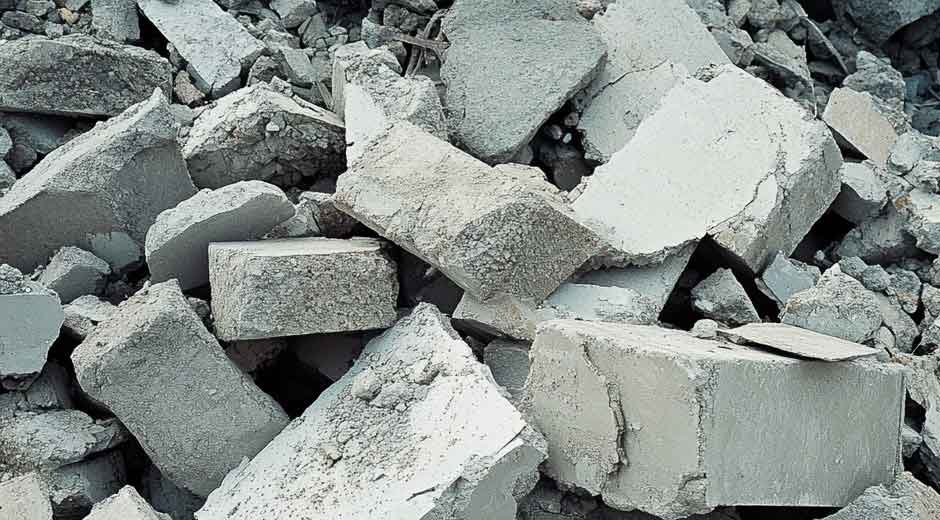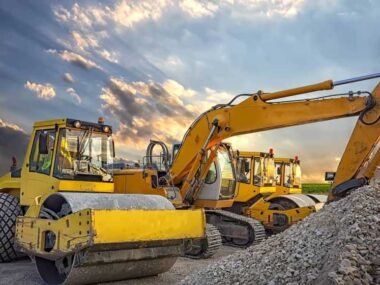Removing concrete might sound straightforward, but it’s more than just breaking it up and tossing it away. Concrete is heavy, bulky, and can be surprisingly tricky to move and dispose of properly. Whether it’s from a demolished patio, a torn-up driveway, or an indoor renovation, knowing how to handle it before you start will save time, effort, and money.
This guide walks through what to expect, how to plan ahead, and the best ways to get rid of concrete waste without unnecessary stress.
Why Proper Concrete Disposal Matters
Concrete may not seem dangerous at first, but improper handling can cause serious problems. Piles of broken slabs can damage surrounding areas, block workspaces, or create safety hazards. Leaving it lying around for too long can also make projects drag on unnecessarily.
There’s also the legal side. Many local areas have strict rules about how construction waste should be handled. Dumping it in the wrong place or mixing it with the wrong materials can lead to fines. Planning ahead helps avoid these issues entirely.
Estimating How Much Concrete You Have
Before making any disposal plans, it’s important to know how much concrete needs to be removed. Concrete is dense—around 150 pounds per cubic foot—so even a small area can quickly add up in weight.
For example, removing a 10-by-10-foot patio that’s four inches thick will leave behind roughly 2,500 pounds of material. That’s far too heavy for a regular pickup truck to handle safely in one trip. This is why it’s essential to measure the area and thickness first. Knowing the weight helps in deciding what type of removal service or container to arrange.
Choosing the Right Disposal Method
The best way to get rid of concrete depends on the amount, the project location, and the budget. There are several common options:
- Roll-off dumpster rental– A simple and popular choice for larger amounts. These are delivered to the site, filled at your own pace, and taken away once the job is done. Services such as Waste Removal USA make it easier by offering dumpsters specifically for heavy materials like concrete.
- Hauling services– These send a crew to load and remove the concrete for you, usually in one visit.
- Recycling centers– Some facilities take clean, uncontaminated concrete for reuse in other construction projects.
- Repurposing– If the concrete is in larger, intact slabs, it may be reused for landscaping, garden edging, or creating walkways.
Preparing Concrete for Removal
Most disposal services require the concrete to be free of trash, dirt, and other materials. This is especially true for recycling centers.
Break the concrete into manageable pieces before loading it. Pieces that are too large are harder to move and can take up unnecessary space in a dumpster. A sledgehammer works for thinner slabs, but for thicker concrete, a jackhammer or professional breaking service may be needed.
If rebar (steel reinforcement) is inside the concrete, it must be removed or cut down to a safe size. This not only reduces weight but also makes disposal easier.
Safety Precautions When Handling Concrete
Concrete may not seem dangerous compared to other materials, but working with it carries real risks.
- Protective clothing is essential. Gloves prevent cuts, dust masks protect lungs from fine particles, and safety goggles shield eyes from flying debris.
- Proper lifting techniques help avoid back injuries. Always lift with the legs, not the back, and get help for heavier pieces.
- Watch for sharp edges on broken slabs. These can cause deep cuts if handled carelessly.
Taking safety seriously will prevent accidents that could delay the project.
Costs to Expect
The price of concrete disposal can vary depending on location, volume, and method. Dumpster rentals usually have flat rates for a set weight limit, with extra fees if the load goes over that limit. Hauling services often charge based on the total volume taken away.
Recycling centers may offer the most affordable option if there’s one nearby, but transportation still needs to be considered.
In most cases, budgeting for disposal before starting a project avoids unpleasant surprises later.
Recycling and Environmental Benefits
Concrete doesn’t have to go straight to the landfill. When clean and separated from other debris, it can be crushed and reused for road base, gravel, or other construction materials. Recycling not only saves landfill space but also reduces the demand for new raw materials.
Choosing to recycle whenever possible helps both the environment and the community by supporting sustainable construction practices.
Tips for a Smooth Concrete Disposal Process
- Arrange the disposal method before starting demolition to avoid piles of debris slowing down the job.
- Keep the work area clear so pieces can be moved easily.
- Load dumpsters or trucks evenly to avoid overloading one side.
- Avoid mixing concrete with general trash unless the disposal service allows it.
- Check local rules about disposal and recycling to avoid delays.
Key Takeaways
Concrete disposal is more than just a final step in a project—it’s something that should be planned from the start. Measuring the amount of waste, choosing the right removal method, breaking concrete into manageable pieces, and following safety precautions all make the process faster and safer.
With the right preparation and a clear plan, handling concrete debris becomes a manageable task rather than an obstacle. By recycling when possible and using trusted removal services, any project can stay on track, on budget, and free from unnecessary mess.










